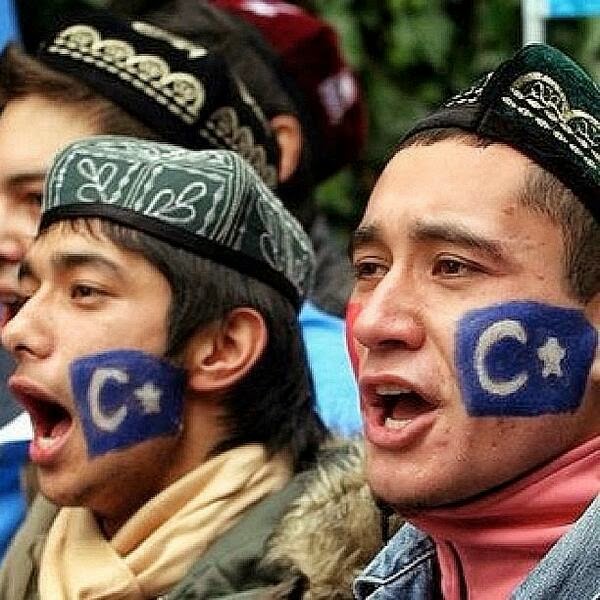Music plays a big role in the lives of the Uyghur's. Since way back when, the Uyghur's have been known for their extraordinary music & their ethnic dances. Music is played at every event that is hosted whether it be a party, a wedding, a festival, or just a holiday. Not only is there music, but of course there is dancing as well!
The most well known genre of music is the Muqam. Muqam is a compilation of songs, dances, and folk/classical music. Some songs are solo while others are in unison. There are groups and duets. It is characterized by its diversity of not only content but also the instruments used as well as the dance styles and the musical morphology. The Muqam genre of music is associated with a variety of aspects such as mood, style, smell, pitch, tone of voice, time/place, and also the person. It tends to be known for the variations and the continuity of musical patterns. The songs are reflective among proverbs, poetry, folk narrative, love, and other popular topics.
Muqam can be broken down into four different categories. These categories include Twelve Muqam, Dolan Muqam, Turfan Muqam, and Qumul Muquam. The "mother of music" is Twelve Muquam. It is based around the concept of wisdom. It also is based around the talent of the Uyghur people regarding music.
Uyghur dance is very optimistic. It represents bravery and openness. It is characterized by its distinct wrist movements and head movements. The dances, as a whole, represent the character of the Uyghur's and it expresses their feelings. They have great coordination. They involve a specific posture which usually includes a tilted head, a chest thrust, and an ejected waist. Some folk dances include a shivering movement of the knees.
Props are involved in some folk dances. They are popular but they include great skill and talent. With this being said, they are generally performed by professionals. Some of these dances include the Plate dance, Sapayi dance, and Stone-Beating dance. The plate dance is when a bowl is placed on top of the head and a plate is held and beaten with chopsticks. Sapayi is a folk instrument. Stone-beating is holding two stones in separate hands and hitting them together to produce sound.
Sanam is the most popular folk dance. It is often performed at weddings or festivals. Dolan dance is much like hunting or a battle. Sama dance is usually done to bring in the New Year. It can be considered a ritual that turns into a group celebration.












.jpg)